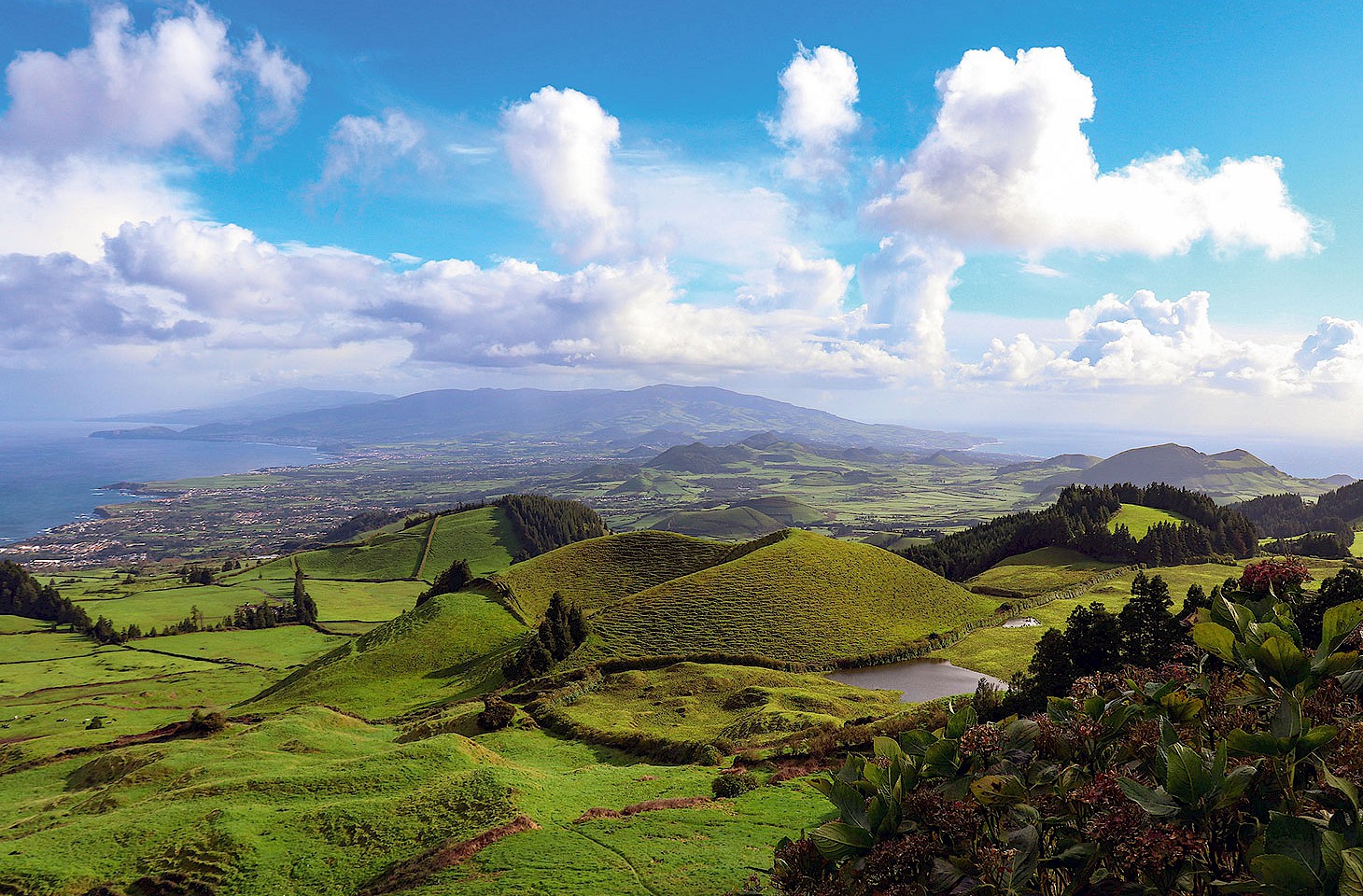Dear fellow travellers
If we'd had both the energy and the time, we would surely have headed deeper into the hills. But we had neither, nor was the weather on our side. Squally showers of snow swept down off Ben Ledi. With the sun hidden behind dull layers of cloud, we took the easy option and stuck to the shores of Loch Lubnaig.
This was the kind of mountain foray that Nan Shepherd might have enjoyed. Her book The Living Mountain has taught us a lot about the hills. There is more to a mountain than its summit. So we stayed on the low path that hugs the shore of the loch, enjoying "the sting of hail, the blunt blow of tumbling water, the flow of wind" (Nan's words).
We love real weather. And we had real weather aplenty on a journey through Scotland this week. Clear blue skies at Carsaig Bay with glorious views west to Jura. Great spreads of grey-white snow over Rannoch, the hills all hidden in mist. A lone snowdrop pushing up from dead land at Kings House. These early days of March are tempting, taunting times in the hills. There is the prospect of a spring that has not quite arrived. Yet in many years, even after the snowdrops and crocuses have shown their faces, the snow returns... twice, thrice or even more, draping the glens with a soft veil of winter memories.
Back on the shores of Loch Lubnaig, well wrapped up, we walked briskly to keep warm, stopping off here and there to explore the nooks and crannies of the local landscape. The path itself is easy, its gradients tuned more to the needs of trains than to humans. Fifty years ago, trains chugged along the west shore of Loch Lubnaig on their way to Oban. This was an easy stretch of the line through the mountains, but beyond the northern end of Loch Lubnaig the route climbed steeply up through Glen Ogle.
Ten trains a day followed this route, five in each direction. The best of them had a restaurant car and carried through carriages from both Glasgow and Edinburgh to Oban. There was even a weekly direct sleeper service to and from London, leaving the capital on a Friday evening and returning to London on a Monday night. A shade under twelve hours from Loch Lubnaig to London, so perfectly pitched for those accustomed to three-day weekends.
Yet a lot of the traffic on the route was merely local and the trains stopped off here and there at rural halts. In the early days, hikers heading into the hills would ask the guard on the train to make a special stop at the optimal spot for starting their walks. Laggan Farm near the top of Loch Lubnaig was a popular option for hikers to decant from the train.
The shores of Loch Lubnaig are laced with history. It was here that Rob Roy came courting, making off with Helen, his wife-to-be, from one of the local farms. It's not clear that Helen had any say in the matter.
We walked north, noting the Burn of Ample tumbling down from the western slopes of Ben Vorlich on the far side of the loch. This wee burn uses all its energy in the hills and is tired by the time it reaches Loch Lubnaig. It has created a perfect little alluvial fan as it decants into the lake. On the southern edge of that fan is Ardchullarie House from where, 250 years ago, James Bruce set out to discover the source of the Blue Nile.
Ultimately, we were beaten by the early March weather. For here in the hills, the weather always wins. Fifty years ago, the storms saw off the trains. Heavy rain in September 1965 left the slopes of Glen Ogle sodden and, in the early hours of Monday 27th, a great landslip swept away the tracks. No train ever ran again along the shores of Loch Lubnaig.
We dawdled on the line of the old track, watching the shifting mirages of the landscape. The best of the day was the quiet, the chance to just 'be' in the hills - not with any intention of claiming summits, but merely to connect with the landscape. Nan Shepherd would probably have approved.
Nicky Gardner and Susanne Kries
(editors, hidden europe magazine)
Nan Shepherd's 'The Living Mountain' is a very fine account of the Cairngorms, but will be of interest to anyone with a passion for the Scottish hills. The text was written in the mid 1940s, but was first published only in 1977. The publisher is Canongate. The book is still in print. The latest edition, published in 2011, includes an introduction by Robert Macfarlane whose latest book, 'Landmarks', is published today by Hamish Hamilton.
Issue 45 of hidden europe magazine is published next Thursday. If you are not already a subscriber, why not take out a sub today?




